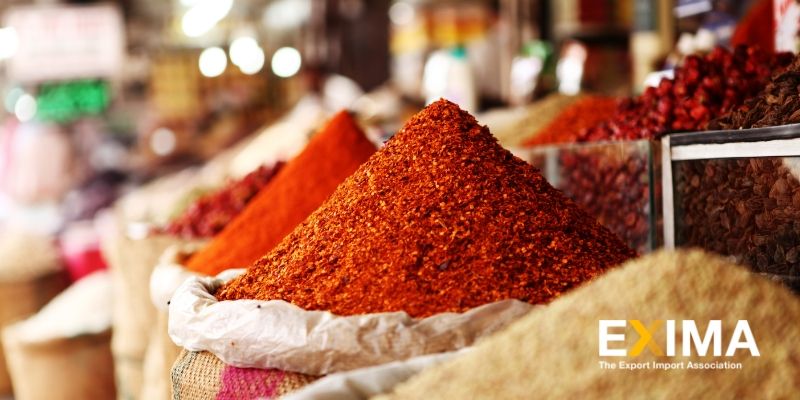Demand for improved traceability in the spice trade is growing, necessitating a new way of doing business in one of the world's most complex and oldest industries – one that does not appear to have changed much over the centuries.
One of the World’s Oldest Industries
The international spice trade dates back to biblical times. Spices, along with silk and silver, drove the beginning of global trade and linked previously unconnected parts of the globe.
Over the centuries, the spice trade routes haven’t changed much; the vanilla in our spice cabinet probably grew in Madagascar, the black pepper in Vietnam, the nutmeg in Indonesia, and the ginger in China. Black pepper and cardamom are usually tropical, while cumin prefers the sub-tropics and mustard the temperate zones.
Most spices are still grown on small farms. Each farmer may use a different farming technique, pesticide usage process, and harvest process as per their own knowledge. But like in the old days, companies that eventually export these high-quality products worldwide play little or no role in its processing except for grading and packaging.

Why Is It Still So Difficult to Trace Spices’ Origins?
That is why, in most cases, spice labels only mention where the product was packed. Few mention where it was grown, and fewer give further information, such as how a spice’s origins affect its characteristics.
The reason is that most spice companies import millions of pounds of spice. Brokers, traders, and auctioneers along the supply chain repeatedly mix one small farmer’s spice harvest with others’ spices, making it nearly impossible to know exactly where a particular scoop of spice comes from. But that’s fine for commercial and industrial buyers, who account for 90% of the $2 billion in spices sold globally each year. In fact, they value consistency above regional variation.
Even if this trading system gives small spice farmers access to overseas markets, each supply chain link takes a cut of the ultimate purchase price. That can add up to meaningful price differences for small spice farmers, whose households are among the most likely in the world to live in poverty, according to the UN.
Technology: A Game Changer – With a High Price Tag
As demand for single-source, ethically sourced spices grows, the spice industry undoubtedly requires a new way of doing business. To make traceability effective, regulations and accountability must reach the small farmers as well.
Increasing smartphone penetration has brought internet access to remote places that wired communications never reached. Tools such as Google Translate, Skype, WhatsApp, and social media now allow an overseas company to find suppliers, dispatch trucks, and manage a multi-lingual, global business. For the first time in the spice trade’s long history, it’s possible to collapse a long supply chain to just one link: farmer to retailer.
Nevertheless, by leveraging technology to flatten the supply chain, spice companies need to pay farmer suppliers five to ten times the going rate, and increase the end price. So far, only top notch restaurants and luxury gourmet stores are willing to pay double or even five times the price of common supermarket brands - whether it’s for the taste or the social-justice impact. So, to make traceability a reality in the spice supply chain, initiatives have to begin to further leverage technology and enable farmers to cooperate with spice exporting companies.
Learn More with EXIMA
Found this article helpful? Then visit our Media Page for more!









